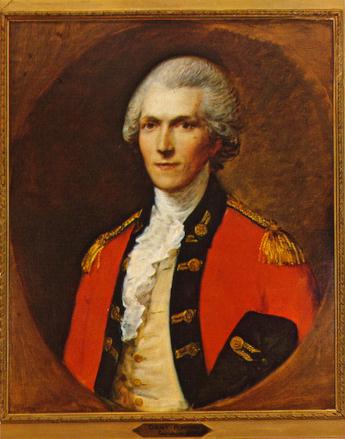Radiant Heat
2/6/10
|
IR Formulas How IR Works Rumford Fireplace Efficiency IR Links Count Rumford was the first to describe the methods of heat transfer as we know them today to be by conduction, convection and radiation and in doing so exploded the caloric theory of heat transfer. In 1795, already famous for his work on heat, Rumford turned his attention to improving fireplaces. He understood that all the heat had to be radiant heat since the air heated by the fire was mixed with smoke and wasted up the chimney. His solution, detailed at length elsewhere in this website, was to design a reflective firebox shape to maximize the radiant heat and streamline the throat to minimize the loss of heated air.
|

|
|
While Rumford had the right idea, radiant heat wasn't fully understood until more than a hundred years later. For example, Rumford thought the firebox should be whitewashed to reflect as much heat as possible. White reflects visible light but not infrared radiation as we now understand thanks to Planck. We now have the tools that Rumford lacked to understand and quantify the heat from a fireplace yet it's surprising that no one has taken the trouble. It's surprising how little information is available about fireplace performance and efficiency - how seldom we apply the basic principles. So, what are the principles, what is the nature of radiant heat and how do fireplaces stack up against other heating appliances?
IR Formulas
How IR Works
Rumford Fireplace Efficiency And here are some useful links to more information and further study. |

Buckley Rumford Fireplaces
Copyright 1996 - 2010 Jim Buckley
All rights reserved.
webmaster